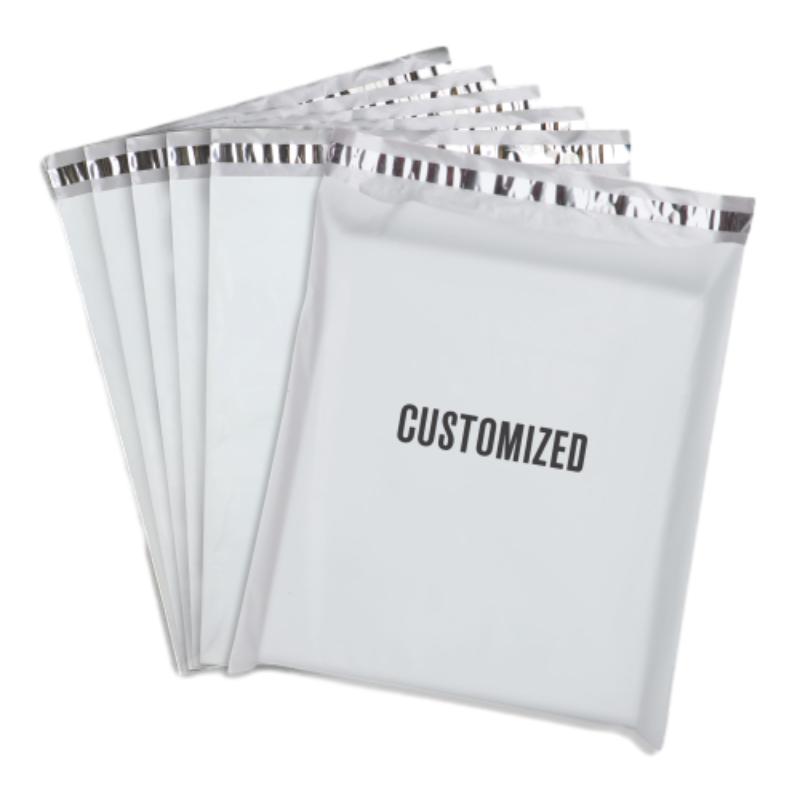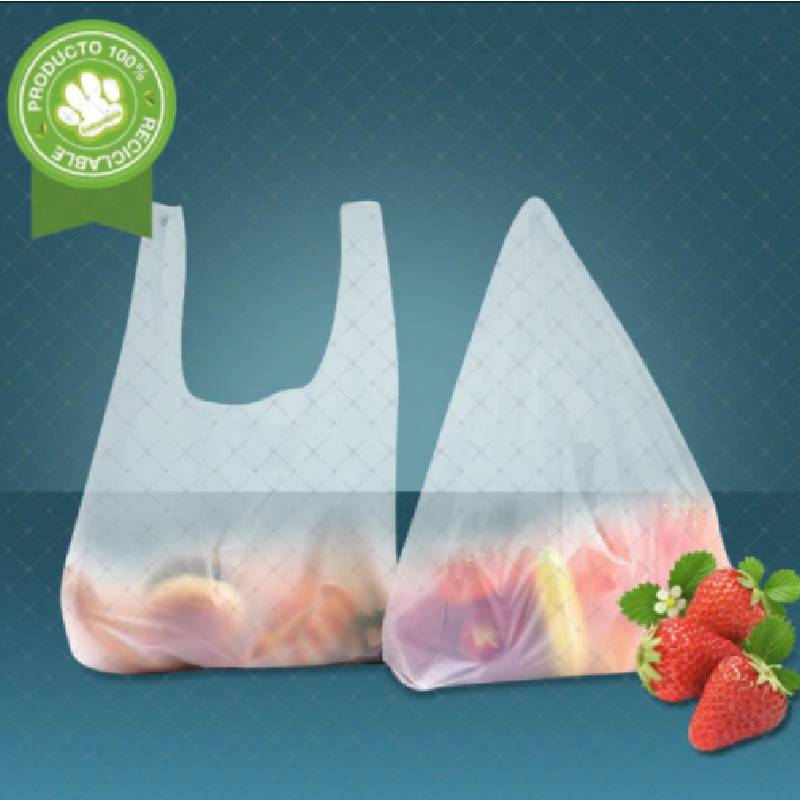polyethylene stretch film
Understanding Polyethylene Stretch Film A Versatile Packaging Solution
Polyethylene stretch film, commonly known as pallet wrap or cling film, has become an indispensable tool in the packaging and shipping industries. This type of film is characterized by its high stretchability and elasticity, allowing it to firmly secure products on pallets, provide protection during storage, and facilitate transport logistics.
The primary material used in the production of polyethylene stretch film is low-density polyethylene (LDPE) or linear low-density polyethylene (LLDPE). These materials are chosen for their excellent tensile strength and ability to stretch up to three to five times their original length without tearing. This characteristic makes them ideal for wrapping irregularly shaped items or securing multiple products together to create a unified load.
One of the main advantages of polyethylene stretch film is its ability to create a protective barrier around goods. It shields products from dust, moisture, and physical damage during transit and storage. This is especially crucial for businesses that deal with delicate items or perishable goods. The film's transparency also allows for easy identification of wrapped items, which can enhance inventory control and tracking.
polyethylene stretch film

Another significant benefit is its cost-effectiveness. Stretch film is lightweight, which reduces shipping costs compared to heavier packaging materials. Moreover, the efficiency of using stretch film significantly decreases the amount of product damage during shipping, ultimately leading to savings on replacements and returns. Companies can also reduce waste by using the right type and amount of stretch film, contributing to more sustainable practices in packaging.
Furthermore, polyethylene stretch film is available in various thicknesses and sizes, catering to a wide range of packaging needs. Businesses can select from hand-applied or machine-applied films, depending on their operational volume. Machine stretch films are designed for automated packaging lines, improving efficiency and workflow.
Environmental concerns have also led manufacturers to innovate in the development of stretch films. Today, there are biodegradable and recyclable options available, addressing the demand for more sustainable packaging solutions. Companies are increasingly opting for these eco-friendly alternatives to minimize their environmental footprint while maintaining the protective qualities of traditional stretch films.
In conclusion, polyethylene stretch film is a vital contributor to efficient packaging and logistics. Its versatility, protective properties, and cost-effectiveness make it a preferred choice for manufacturers, retailers, and logistics companies alike. As the industry continues to evolve, advancements in materials and sustainable practices are likely to enhance the role of stretch film in the packaging sector, meeting both operational needs and environmental responsibilities. Whether for small-scale use or large-scale industrial applications, polyethylene stretch film remains a fundamental element in the ever-evolving landscape of packaging solutions.
-
Self Seal Bags: Secure, Clear, and Customizable Packaging for Every IndustryNewsAug.15,2025
-
Paper Cups: Bulk Solutions for Events, Cafés, and Eco-Friendly ServiceNewsAug.15,2025
-
Laminated Bags: Durable, Customizable Packaging for High-Impact BrandsNewsAug.15,2025
-
Grocery Bags: Smart, Sustainable, and Scalable Solutions for RetailersNewsAug.15,2025
-
Drawstring Bags: Versatile, Customizable, and Cost-Effective for Bulk UseNewsAug.15,2025
-
Disposable Gloves: Wholesale Solutions for Safety, Hygiene, and EfficiencyNewsAug.15,2025
-
Have the freedom of customizing your custom mailers any way you want! Our dedicated packaging support will help deliver you the mailing experience you need to elevate your shipping experience to the next level! Start making a strong impression on your customers and stand out from your competitors! -
LIYA uses high quality raw materials which directly purchased from large enterprises domestic and overseas such as PetroChina, Sinopec, Sabic, Equate, ExxonMobil, Dow Chemical, Total, and Borouge, ensuring the price advantage and quality of the raw materials. -
LIYA uses high quality raw materials which directly purchased from large enterprises domestic and overseas such as PetroChina, Sinopec, Sabic, Equate, ExxonMobil, Dow Chemical, Total, and Borouge, ensuring the price advantage and quality of the raw materials.





